Discover Uganda’s beautiful destinations in the shortest time possible with the organized excursions. We bring you, city and cultural tours, the Night life and wildlife packages tailored to relax or excite your mind.
Kampala the capital of Uganda located in the central region, it is an amazing tour destination. It may not be as advanced as European/American cities but has lots of infrastructural development going on to make the city better. Compared to 1986 pre Yoweri Kaguta Museveni gorilla war that ousted Obote II out of power that led to great destruction, Kampala has greatly evolved and it can be asserted that time lives to see Uganda a great East African city and hence one of Uganda’s prime tour destinations. The main tourist attractions once on your Uganda safari are majorly pre-colonial and colonial cites that have a lot of historical attachment to all Ugandans. These include; the Kabaka`s (king`s) Buganda palace, Kasubi tombs (Buganda king`s burial grounds), Kabaka`s lake (a man made lake by the king of Buganda) Gothic protestant and catholic Cathedrals, Namugongo martyrs shrine, the only Bahai temple in Africa ,Gadafi Mosque (Uganda Supreme moslemcoucil),KibuliMosque,Parliament of Uganda plus the central business area.
Depart by 08h30 after breakfast from your lodge/ hotel you will embark on your Kampala tour a great Uganda safari unique among all Uganda safaris. Drive through the heavy traffic to the heart of Kampala city-the never standing still, 24/7 busy town – “The African City that never sleeps.”
Kampala city central business area has the upper side comprised of the upper class shopping malls, less congested, cleaner, and organized. Here are Banks, Major Forex bureaus, Casinos, Uganda parliament and ministries, find the famous Owino (Balikuddembe) traditional Market – the largest in Kampala, the old Taxi Park-an amazing site and the hub of Kampala public Transport with hundreds of mini-vans jostling in and out plus the Nakasero Food and Vegetable Market.
The (King) Kabaka`s of Buganda have a ceremonial palace in which a new modern house- `Tweekobe’ was built. Kabaka Sir Edward Muteesa II was attacked by Obote’s soldiers because Obote wanted to take over power as president of Uganda. This forced Muteesa II to go to exile in Great Britain from where he later died of poison in 1969, he refused to bring back Kabaka’s body for burial until Idi Amin over threw him and in 1971, he brought back the body for burial at Kasubi. Situated on a hill overlooking Kampala, Still present are the torture chambers inside which Obote used to torture (using electric shock as well) any one perceived a political threat. The presence of human bones makes these chambers a living memory to those who lost loved ones. At the gate of palace is a traditional fire source that has never burnt out since the inception of the Buganda monarchy/Kingdom and shall never stop until a King is dead. Find representation of all Baganda Clans and their respective role in this Kingdom since time immemorial as narrated by a royalist at this fire source.

A mile away but directly positioned gate to gate is the Bulange - a parliament in which the Kabaka and his ministers have had since the days of old sat to deliberate upon issues concerning Buganda Kingdom. The architectural design of this building has proven a spectacular Uganda tour site to many local and international visitors.
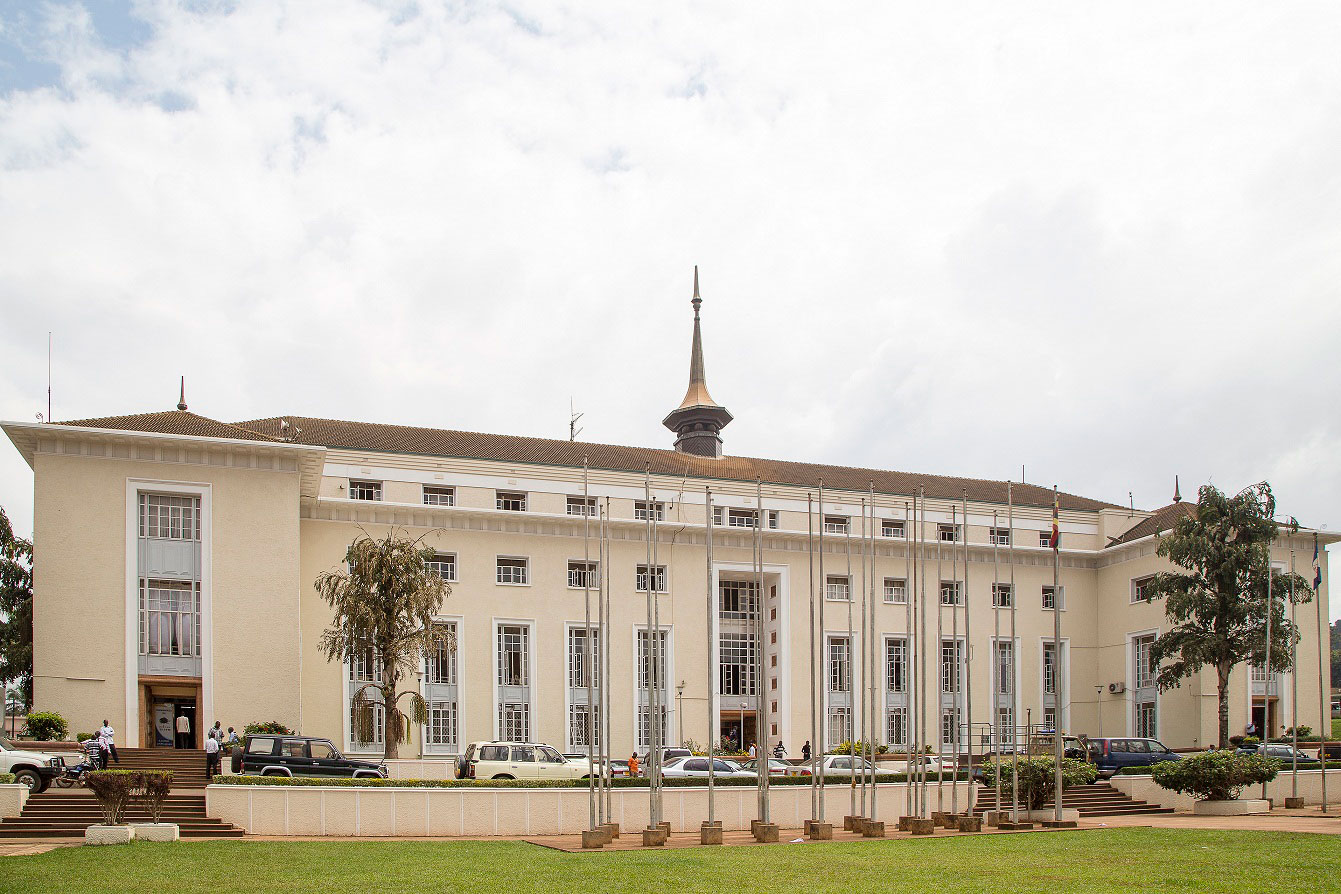
This is the largest man-made lake in Africa made by KabakaMwanga and was supposed to connect to Lake Victoria as an escape route for the Kabaka in case of any attack to the throne but was not finished and only remained as a royal lake near the palace which is home to some birds and least a fishing sport as well as a leisure to many.
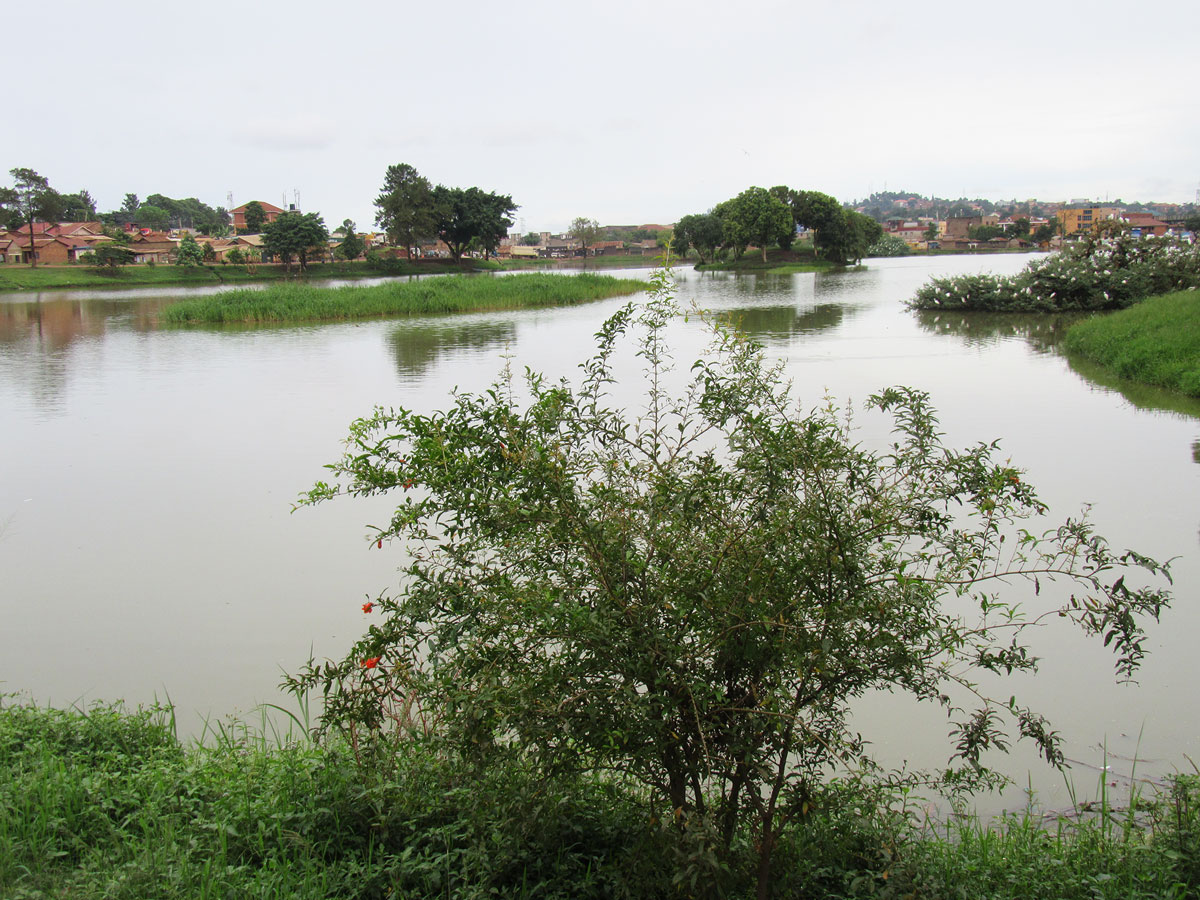
This UN heritage site was unfortunately burnt down in 2010 and is still in the process of restoration. It was known as the largest grass thatched structure in the world and the burial place to several befallen Kabakas/ Kings of the Buganda Kingdom. Once finished to its former glory, we will put it back on our schedule of places to visit in Kampala.

Katereke Prison Ditch, Kabaka Kalema’s prison, Naggalabi coronation site Buddo Wamala tombs, sacred burial place of Kabaka Suuna II, Namasole Kanyange tombs, where the queen mother of Kabaka Suuna II is buried, African cultural galleries and Art and craft exhibitions, like the National Theatre.
It is one of the most prestigious multinational Universities in Africa with a rich history and professors who have taught here such as Prof. Mazurui, Author Paul Theroux and NuguguWaThiongo. Her old colonial structures fused with new contemporary ones make it a great Uganda tour destination worthy visiting.

For your tour to Uganda, consider visiting this dome was originally built in 1903 by Baganda Kingdom Craftsmen as a large Grass thatched cathedral that was soon burnt down/ struck down by lightning but was replaces by the present doom structure. This Church is part of the Church of Uganda but Anglican and as well known in Uganda most Anglican Churches are very evangelical unlike in the West. This beautiful structure sited on a hill where you can over see Kampala central, it offers a fascinating view; for both local and foreign visitors.
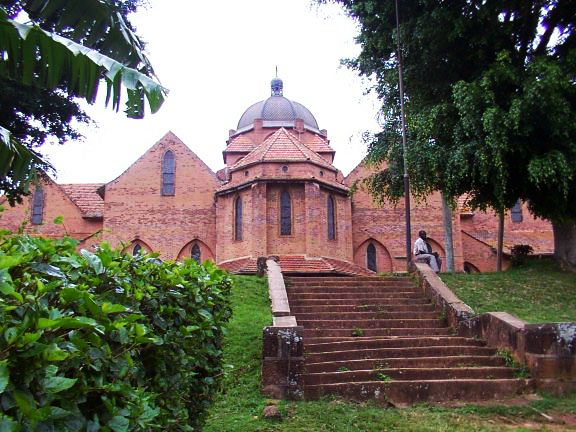
The oldest Catholic Cathedral in Uganda, like Namirembe Cathedral, it overlooks the city and is a large complex that takes in various functions of the church. It is surrounded by beautiful trees and flowers. It is also situated on a hill with a great scenery on top of the amazing cathedral structure, from here, one has a great view of Kampala town-Uganda`s capital.
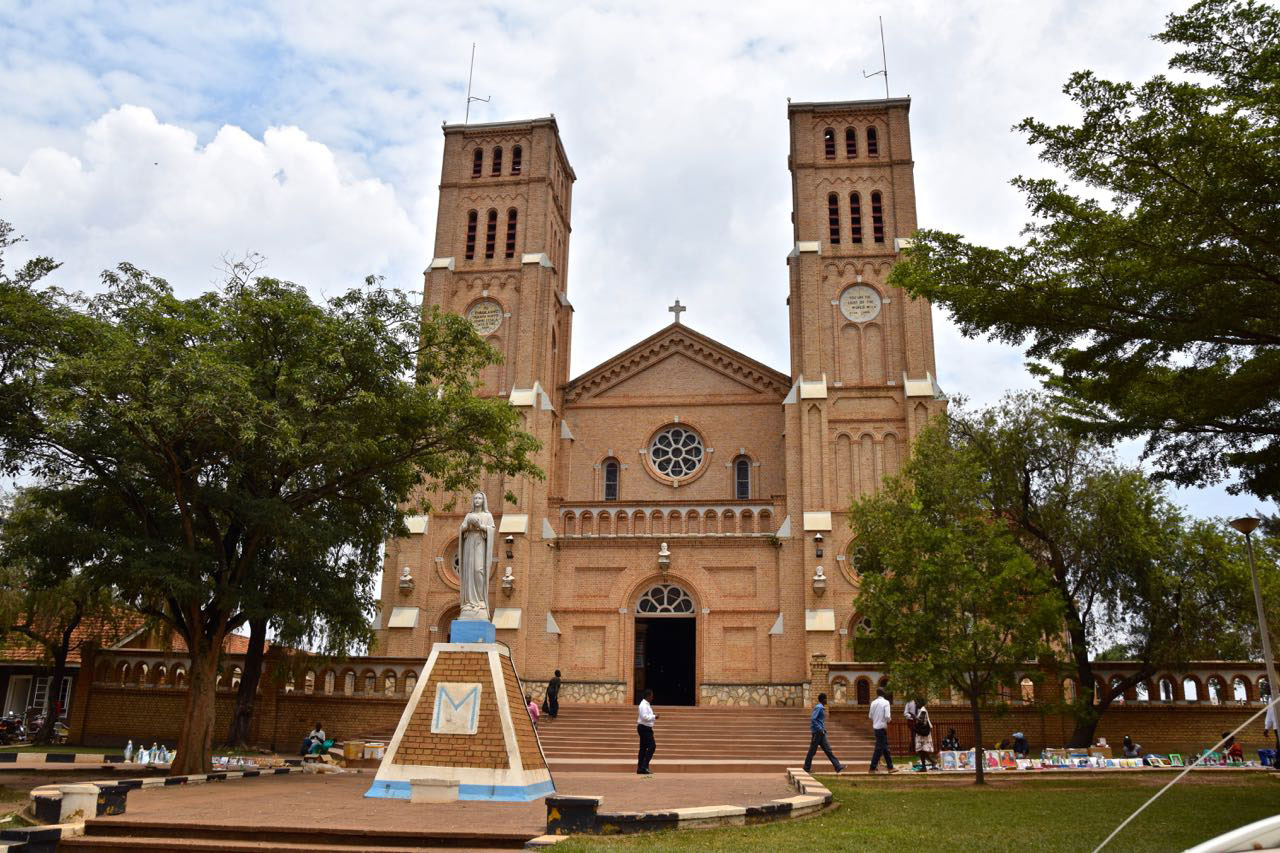
This being the only Baha’i Temple in Africa makes Uganda a prime tour and safari destination to many tourists. It is located on Kikaaya-a hill also overseeing Kampala. It is a beautiful park like ground with lots of beautiful trees most of them fruit tree species, flowers as well as a green-carpet like grass with clean clear gazetted paths leading to the dome. This park like environment attracts people who like to sit on the grass and have a peaceful moment or hold picnics; not forgetting the couples in love who flock this place for quality time.
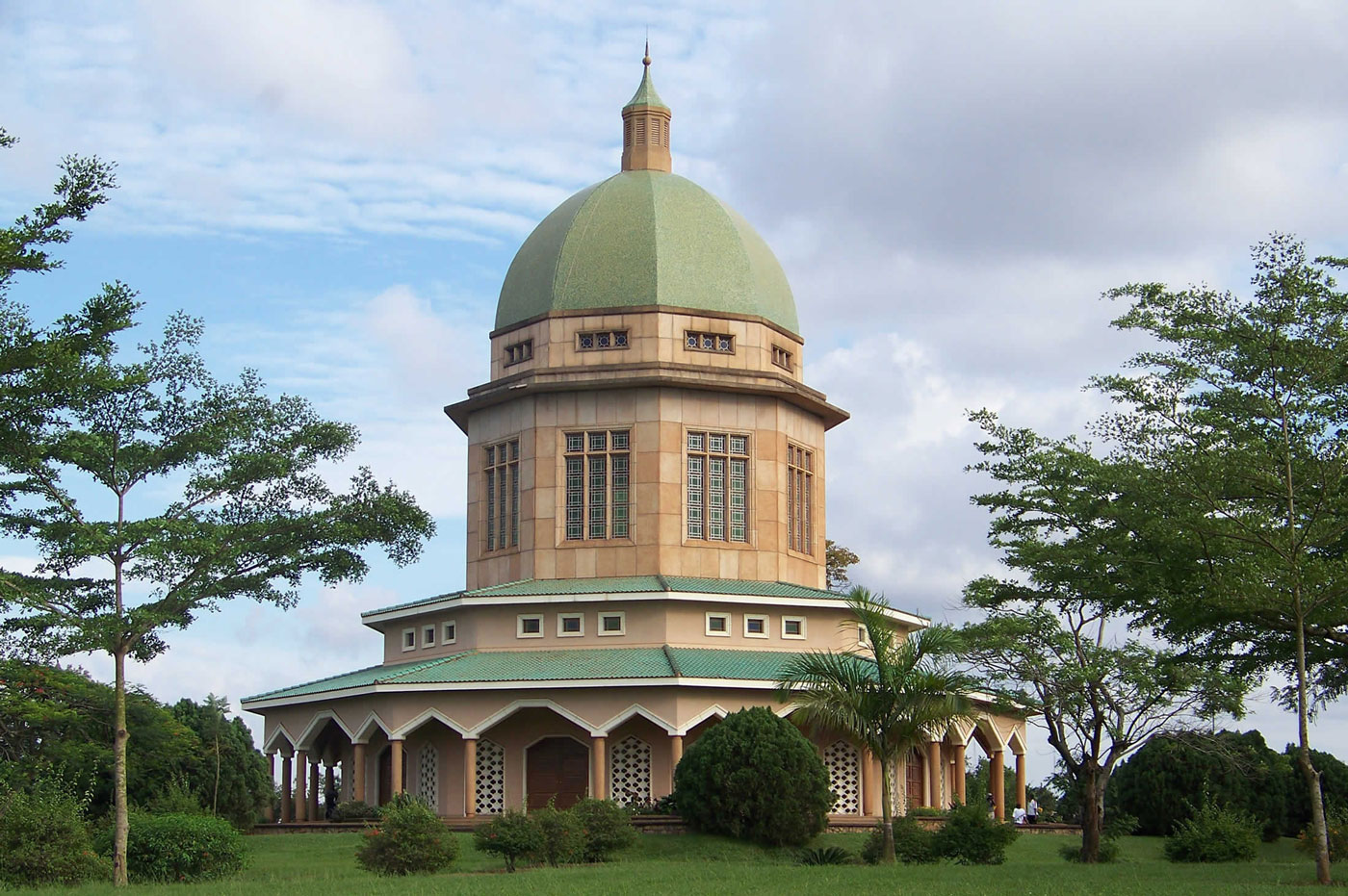
This is a memorial place where 22 Catholic young men/martyrs were officially burnt to ashes after rebelling against Kabaka Mwanga when he ordered them to stop worshiping the missionary`s preached God of heaven but in vain. Every 3rd June the Catholic Church and their counterpart of Anglican persuasion flock this place from all over Africa most of them by foot to commemorate this day in honor of their Religious heroes. This is well believed to have been formed by divine/ miraculous power from which believers take lots of holy water for divine healing. The unique architecture of the temple of worship in this place qualifies it as a great tour destination. This is a must see!!!

Each ethnic group has its musical history; songs are passed down from generation to generation. Ndigindi and entongoli (lyres), ennanga (harp), amadinda (xylophone, see Bantu Music) and lukeme (lamellophone ("thumb piano")) are commonly played instruments. An Acholi, Okotp'Bitek, is one of Uganda's most famous writers of folklore, satirical poems and songs. His book Song of Lawino (1966) describes the stories told in Acholi songs. These can be enjoyed every evening at Capital Palace Naguru every evening and at Ndere cultural center every Wednesdays and Fridays yet on request as a client/clients will.

Main dishes are usually centered on a sauce or stew of groundnuts, beans or meat. The starch traditionally comes from a maize meal or matoke (boiled and mashed green banana), in the South, or an Ugali made from pearl millet in the North. Cassava, yam and African sweet potato are also eaten; the more affluent include white (often called "Irish") potato and rice in their diets. Soybean was promoted as a healthy food staple in the 1970s and this is also used, especially for breakfast. Chapati, also considered as an Asian flatbread, is also part of the Ugandan cuisine. Chicken, fish (usually fresh, but there is also a dried variety, reconstituted for stewing), beef, goat, Mulokoni and mutton are all commonly eaten, although among the rural poor there would have to be a good reason for slaughtering a large animal such as a goat or a cow and nyama, (Swahili word for "meat") would not be eaten every day.
Various leafy greens are grown in Uganda. These may be boiled in the stews, or served as side dishes in fancier homes. Amaranth (dodo), nakati, and borr are examples of regional greens delicious with ground nuts, and Odi a mixture of ground nuts and simsim. Ugali is cooked up into a thick porridge for breakfast. For main meals, white flour is added to the saucepan and stirred into the ugali until the consistency is firm. It is then turned out onto a serving plate and cut into individual slices (or served onto individual plates in the kitchen).
Contact us for more information